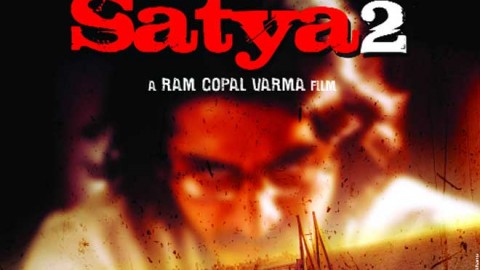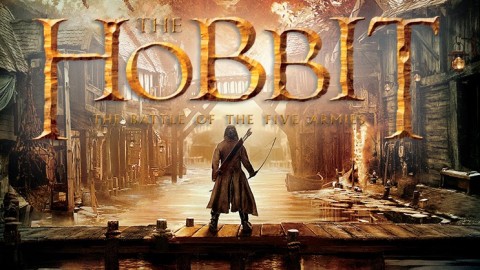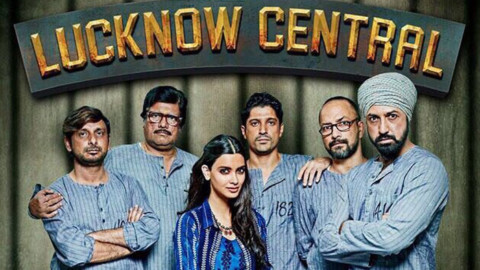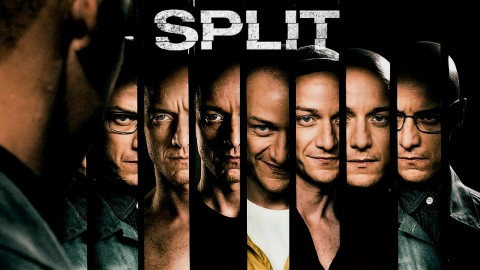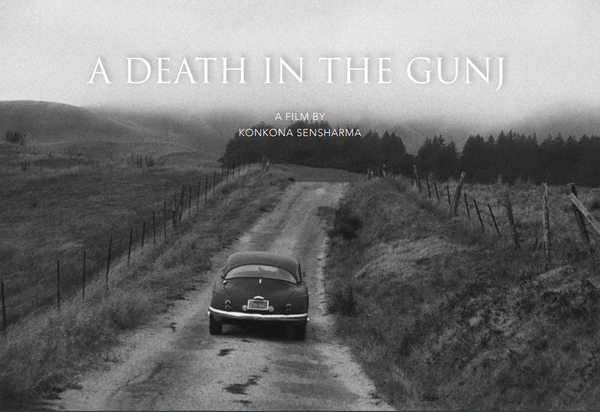
There is a scene in ‘A Death in the Gunj’ where 23-year-old Shutu (Vikrant Massey) holds a magnifying glass on an insect against a leaf, focusing the sunlight on a concentrated point as the insect gets burned and dies while his young niece watches in awe. Then they take the dead insect and bury it underground. It more or less sums up the quintessential concerns of the film; the insipid, the unobtrusive and low-key often do not survive their day in the sun. They wither and die. And then they are buried and forgotten. The sheer worth of Konkona Sen Sharma’s directorial debut film lies in its effort to keep those memories alive, to underline the ruptures in the otherwise free-flowing and seamless continuity of life.
The film unfolds in the idyllic little town of McCluskieganj, near Ranchi during the Christmas of 1978. A whole bunch of family and friends takes a long drive from Calcutta and end up at the residence of the elderly Bakshi
couple played by Om Puri and Tanuja. The guests include their self-assured and confident young son Nandu (Gulshan Devaiah), his wife Bonnie (Tilottama Shome), and their whining daughter Tani. The family is accompanied by Nandu’s cousin Shutu and Bonnie’s friend Mimi (Kalki Koechlin). Amid the boisterous celebrations, family reunions and various tension and dynamic between the characters in the ensemble, the film chooses to focus on Shutu’s crises who is still grieving his recently deceased father and its consequences. However, there is a certain quality in the screenplay and its overall tone, which strikes an ideal balance in the narration. 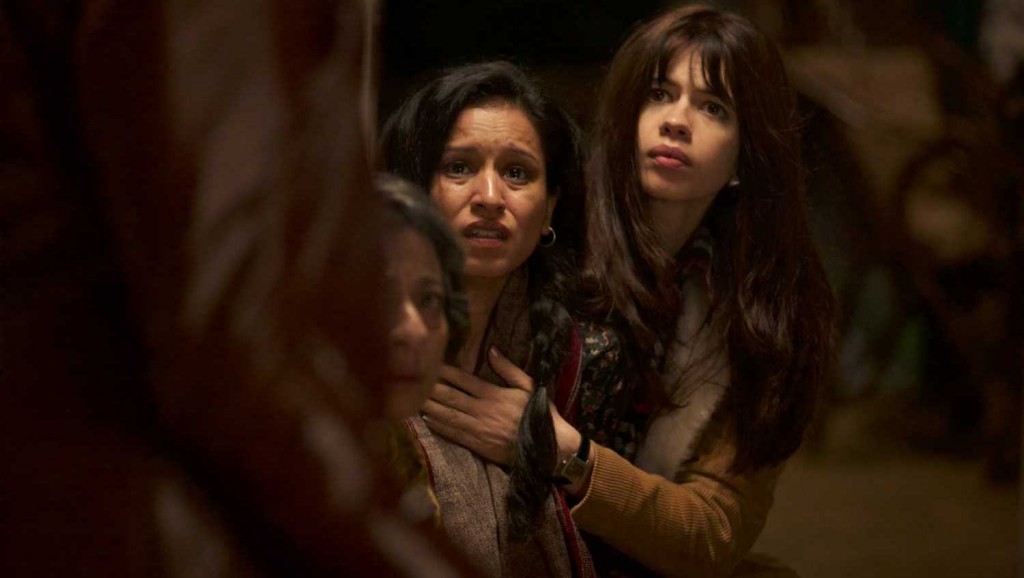 Instead of making the film about a peripheral or a marginal character, the films seems to progress while keeping an attentive eye out for the one at the periphery.
Instead of making the film about a peripheral or a marginal character, the films seems to progress while keeping an attentive eye out for the one at the periphery.
The film’s biggest triumph lies in its sensitive understanding and observation of Shutu’s character. A clear misfit among the brash men and sexy women, his understated, barely felt and hence haunting presence provides remarkable insights. In an almost jamboree of a decadent colonial elitism and a feudal, patriarchal social structure, there breeds a certain kind of insensitivity. The idea of family pets frequently going missing strikes a disturbing chord of cold aloofness beneath the apparent warmth. And this provides a ground of empathy within the narrative regarding Shutu’s alienation. However, KonkonaSen Sharma’s precise direction also endows the
audience with a perspective where it also becomes a tale of an ideological monolith gradually becoming irrelevant in the wake of a new consciousness and its violent undercurrents. The idea of placing the plot towards the end of the decade of the 1970s provides an unuttered but significant and meaningful context. The decade of youth movement against the system and its violent predicament sends up poignant ripple effects towards the surface of the narrative when Shutu’s failure in academics and his University Certificate is encountered on screen.
Having said that, the film suffers quite heavily in the technical departments. The entire backdrop of McCluskieganj and its forests are not explored enough cinematographically and merely gets reduced to a picturesque location. While the shots seem too busy, looking beautiful, the possibility of the space developing a character on its own and adding a layer to the narrative is not enough exploited. In terms of editing, both the shot selection and the overall rhythm come across as inconsistent, resulting in an uneven viewing experience. An excessive dependence on background score also betrays the shortcomings in the sound department. A number of scenes, including a game of Kabaddi and a manhunt in the forest do not succeed in achieving their full dramatic potential. Even the framing device, comprising of the opening and closing scene, do not work too well, even on the content level as it becomes counter-productive to the subtle nuances developed carefully throughout the film. They could’ve been easily done away with. The film is majorly redeemed by the compelling and believable performances delivered by the entire
cast, especially Vikrant Massey, Ranvir Shorey and Kalki Koechlin’s work, which are worth taking a bow. And 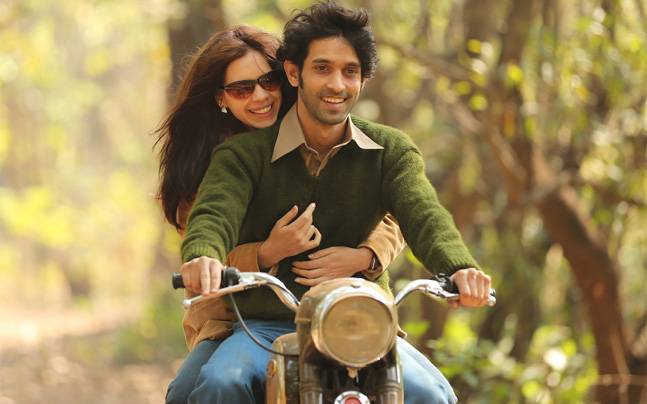 while there is an almost tactile Bengali feel to the entire ambiance, plot and characters, it is the very absence of the middle-class moralist outlook which is so predominant in contemporary Bengali films, that makes the film more real and hence more staggering in its impact.
while there is an almost tactile Bengali feel to the entire ambiance, plot and characters, it is the very absence of the middle-class moralist outlook which is so predominant in contemporary Bengali films, that makes the film more real and hence more staggering in its impact.
If one looks back at possible precursors of this film, the most obvious one is the Jean Renoir classic ‘The Rules of the Game’ (1939) where the director assembles together an assortment of bourgeoise characters in an unfamiliar territory and turns them into objects of study. Nearer home, Satyajit Ray undertook similar projects a few times most notably in ‘Kanchenjungha’ (1962) and ‘Aranyer Din Ratri’ (1970). However, Ray’s humanist outlook always ensured a sense of redemption within his narratives. ‘A Death in the Gunj’ seems to haunt more because there is no redemption in the end; blood remains splattered quite literally on the family tree.
Tags: A Death in the Gunj A Death in the Gunj review Kalki Koechlin Konkona Sen Sharma Movie Review
